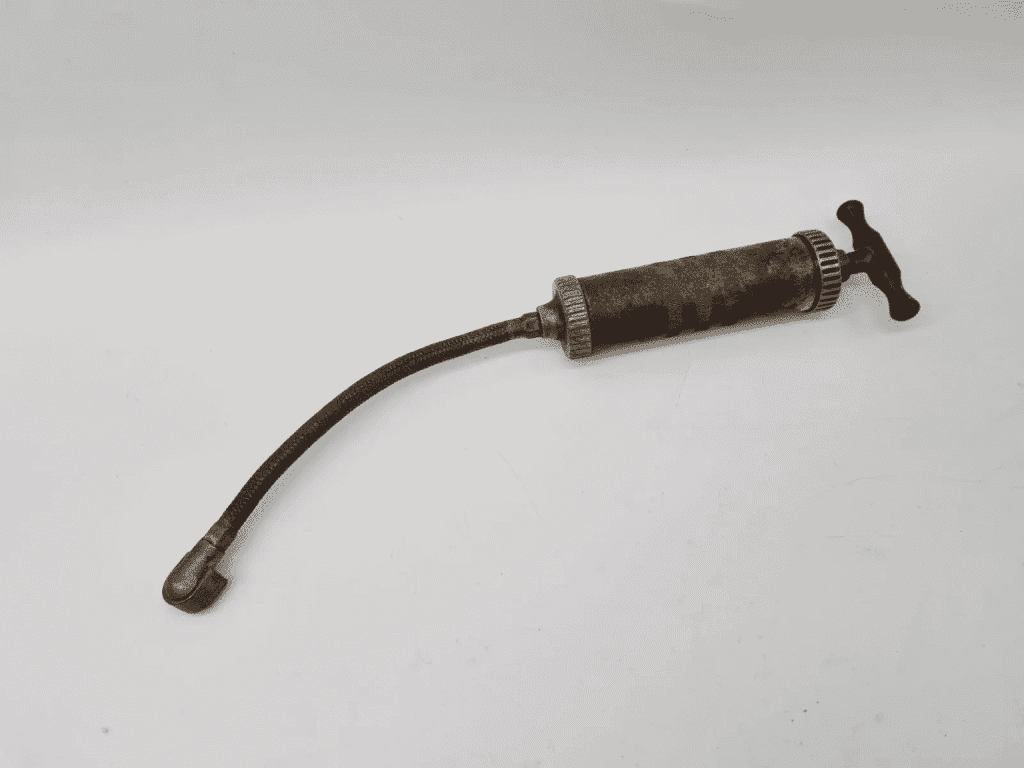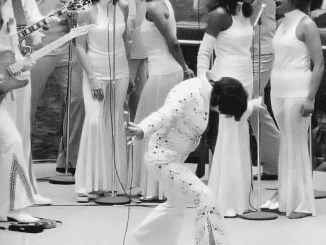The vintage grease gun holds a significant place in the history of automotive and mechanical maintenance. Emerging in the early 20th century, it revolutionized how vehicles and machinery were maintained by providing an efficient method for applying grease to moving parts. In this article, we’ll explore the origins, usage, and lasting legacy of the vintage grease gun, a tool that not only solved everyday maintenance challenges but also set the stage for modern lubrication technology.

The Origins of the Vintage Grease Gun
The development of the grease gun was driven by the rapid advancements in motorized vehicles and machinery during the early 1900s. As engines and mechanical systems became more complex, the need for consistent and reliable lubrication became paramount. Without proper lubrication, components like bearings, joints, and other moving parts would wear out quickly due to friction, leading to breakdowns and costly repairs.
Early versions of the grease gun were designed to address this issue. Made from durable materials like steel, these grease guns were built to withstand the rigors of everyday use. They featured a manual pump mechanism, allowing users to deliver grease directly to the parts of a machine that needed it most. Although the early models were heavy and required significant effort to operate, they provided a much-needed solution for maintaining the longevity and performance of vehicles and industrial equipment.
Design and Functionality: How the Vintage Grease Gun Worked
Vintage grease guns were relatively simple in design but highly effective in practice. Their manual pump mechanisms allowed users to generate the necessary pressure to force grease through the nozzle and into the desired location. These grease guns often featured a sturdy metal construction, a barrel to hold the grease, and a flexible hose or rigid nozzle for application.
Loading the Grease
The process of using a vintage grease gun began with loading the grease into the barrel. The grease was either loaded manually or with cartridges designed to fit inside the gun. Once loaded, the gun’s plunger would be pushed into place, creating pressure inside the barrel to force the grease out when the pump handle was activated.
Applying Grease to Machinery
Mechanics and operators used the grease gun to apply lubrication to bearings, joints, and other moving parts of machinery and vehicles. The operator would attach the nozzle to a grease fitting (commonly known as a Zerk fitting) on the equipment and pump the handle to apply the grease. Skilled mechanics had to ensure that the grease was applied evenly, as over-lubrication could lead to waste or damage, while under-lubrication could cause wear and tear.

Manual Precision
One of the key advantages of vintage grease guns was the control they offered. The manual operation allowed for precise application, ensuring that the right amount of grease was delivered to each part. This level of precision was critical in maintaining the smooth operation of machinery and ensuring that components lasted as long as possible.
The Role of the Vintage Grease Gun in Early Automotive and Mechanical Maintenance
In the early days of automotive and industrial machinery, maintenance was a labor-intensive process. The vintage grease gun played an essential role in reducing the amount of time and effort required to keep machines in good working order. It also helped to ensure that equipment was properly lubricated, preventing breakdowns and prolonging the life of critical components.
Automotive Use
In the automotive world, grease guns were indispensable for maintaining vehicles. Mechanics used them to lubricate the steering components, suspension systems, and other critical parts of a car or truck. Proper lubrication helped reduce friction between moving parts, ensuring smoother operation and preventing excessive wear.

Industrial Applications
Beyond automobiles, vintage grease guns were widely used in industrial settings. Factories and workshops that relied on machinery for production found these tools to be invaluable. From conveyor belts to heavy-duty manufacturing equipment, grease guns helped keep machines running smoothly, reducing downtime and improving efficiency.
The Legacy of the Vintage Grease Gun
The vintage grease gun is more than just a tool; it represents a pivotal moment in the evolution of mechanical maintenance. As manual tools were gradually replaced by automated systems, the vintage grease gun became a symbol of a bygone era, where hands-on maintenance was critical to keeping machines and vehicles in peak condition.
Historical Significance
The introduction of the grease gun marked a turning point in the history of lubrication technology. It simplified the process of applying grease, making it more accessible for mechanics and machine operators. This advancement contributed to the broader industrial revolution, where efficient maintenance practices allowed machines to operate more reliably for longer periods.
Craftsmanship and Durability
Many vintage grease guns were designed and crafted with exceptional durability in mind. The use of high-quality materials and the simplicity of the design ensured that these tools could withstand years of regular use. Today, vintage grease guns are cherished by collectors and enthusiasts, not only for their historical significance but also for their craftsmanship.
Collectibility and Nostalgia
Collectors of antique tools often seek out vintage grease guns for their unique blend of functionality and historical value. These items are frequently featured in tool collections, museums, and exhibitions, where they are admired for their role in shaping the automotive and industrial sectors. For many, the vintage grease gun represents a nostalgic connection to an era when manual skill and mechanical ingenuity were the cornerstones of maintenance work.

Educational Value
The vintage grease gun also serves as an educational tool, offering insight into the evolution of maintenance practices and technology. By examining these tools, modern mechanics and enthusiasts can gain a better understanding of the challenges faced by early automotive and industrial workers. It provides a tangible link to the past, showing how far lubrication technology has come while highlighting the manual skills that were once essential for maintaining machinery.
The Vintage Grease Gun in Modern Times
While automated lubrication systems have largely replaced manual grease guns in today’s industrial and automotive sectors, vintage grease guns remain relevant in some niche applications. Their precision and control make them ideal for certain tasks where automated systems may not be practical. Additionally, vintage grease guns continue to be used by hobbyists and restorers who appreciate the tactile nature of manual tools.
A Testament to Ingenuity
In a world dominated by automation and high-tech solutions, the vintage grease gun stands as a testament to the ingenuity of earlier generations. It represents a time when simple, well-designed tools were the key to solving complex problems, and manual skill was highly valued.
Conclusion: The Enduring Legacy of the Vintage Grease Gun
The vintage grease gun is more than just a relic of the past—it’s a symbol of mechanical innovation and the evolution of maintenance practices. From its early days as a crucial tool in automotive and industrial settings to its lasting legacy as a collectible item, the vintage grease gun continues to captivate those who appreciate the craftsmanship and ingenuity of earlier generations.
Though modern technology has replaced many manual tools, the grease gun remains an enduring reminder of the essential role it played in shaping the world of mechanical maintenance. Its history and legacy will continue to be celebrated by collectors, enthusiasts, and anyone who values the blend of art and function that defines the tools of the past.


